‘Distress signal’ sparks fears for Tongans missing in remote islands
The first aerial images of Tonga reveal the devastation caused by the volcanic eruption as tragic details emerge of a husband discovering his dead wife’s body.
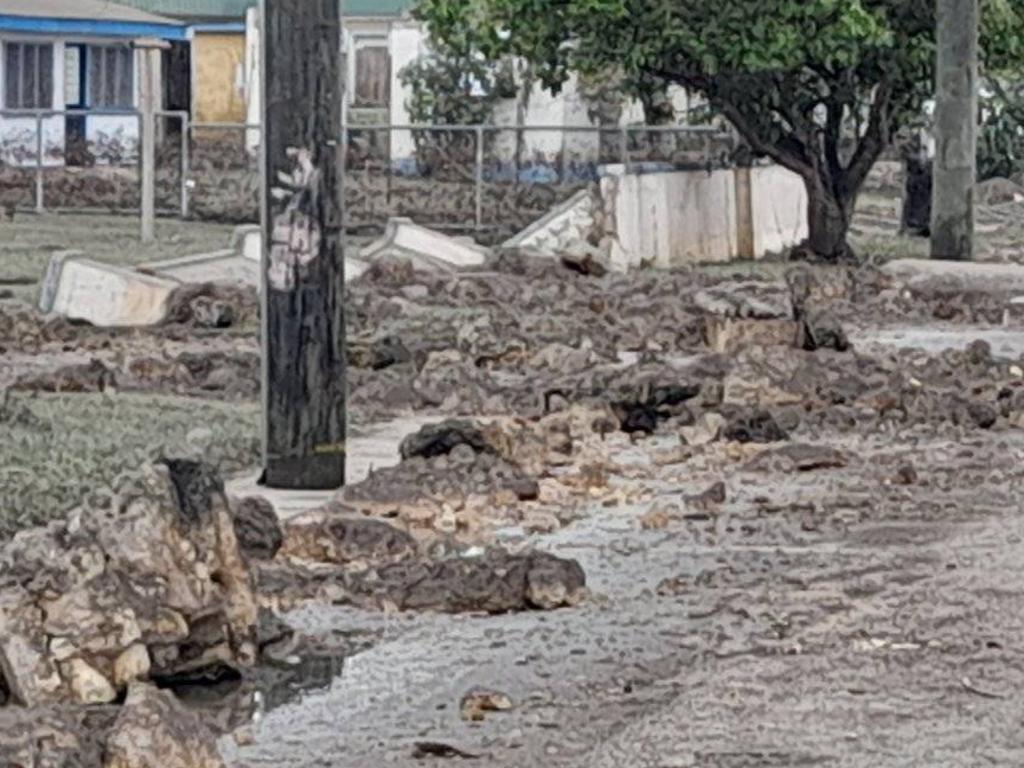
The first aerial images of Tonga show “significant infrastructural damage” to the main island with outer atolls substantially destroyed prompting Australia and New Zealand military to look to do a “relay” of aerial drops of emergency water and food.
Aerial photography of Nomuka, a small island in the southern part of the Haʻapai group, shows land and trees coated with ash as well as damaged buildings.
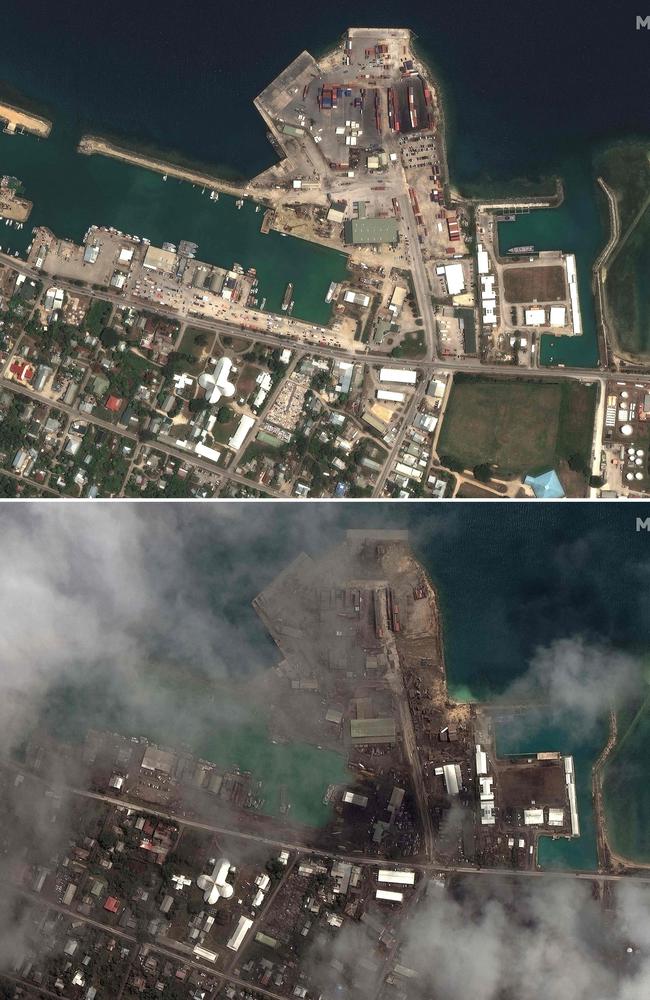
The Pacific island kingdom remains virtually cut off from the rest of the world with limited communications but first assessments from surveillance flights show widespread destruction from the undersea volcanic eruption and tsunamis that struck the islands on Saturday.
It comes as New Zealand’s ministry of foreign affairs and trade said there had been two confirmed deaths, one of which was a British national.
A mysterious “distress signal” has sparked a “particular concern” for two remote, low-lying islands that have not been heard from since the volcanic eruptions devastated Tonga.

The islands have a combined population of more 100 Tongans but it is unclear if they were able to fully evacuate before the blasts.
The Sydney-based brother of Angela Glover confirmed the body of the British charity worker, who drowned trying to save her dogs, was discovered by her husband during a massive search of the Tonga coastline.

The United Nations detected an active distress beacon from the Ha’apai group of islands where there has been no contact from inhabitants of Fonoi and Mango, which are estimated to have a population of 69 and 36 respectively.
“Further volcanic activity cannot be ruled out,” the US Office for the Coordination of Humanitarian Affairs said in an update.
Satellite images taken 12 hours after the underwater volcano erupted suggested the uninhabited islands of Hunga-Tonga-Hunga-Ha’apai had effectively disappeared.
Australia joined the international search and rescue effort as the first confirmed fatality after the eruption raised fears of the death toll could escalate.
Nick Eleini, who lives in Sydney, told the BBC his sister was discovered by her husband, James Glover, after she was last seen clinging to floating debris while trying to save her five dogs.
The couple was separated as a 4ft-wall of seawater rushed through their home. Mr Glover clung to a tree but she swept away with their dogs. One of the puppies was found alive but four remain missing, Mr Eleini said.

AUSTRALIA JOINS GLOBAL EFFORT
Australia has sent a surveillance aircraft to Tonga to assess the damage from Saturday’s huge undersea volcanic eruption, as a tsunami threat around Australia was cancelled.
There have been no official reports of injuries or deaths, but communications with the tiny Pacific nation remain limited.
A massive ash cloud covering Tonga prevented surveillance flights assessing the extent of damage from waves that are believed to have inundated entire towns.


But on Monday morning, an Australian Defence Force P-8 Poseidon aircraft was pictured leaving Australia for Tonga to assess damage to critical infrastructure such as roads, ports and powerlines, which will determine the next phase of the response effort.
A C-130 aircraft has also been placed on standby but is awaiting assessment of the volcanic cloud which has prevented emergency flights to land.
“Australia will work in partnership with other Pacific neighbours, including New Zealand, to support Tonga in a Covid-safe way. While communications remain limited we are continuing to receive regular updates through our High Commission in Tonga, with early reports of substantial ash coverage around Nuku’alofa and coastal inundation and damage to infrastructure,” Foreign Minister Marise Payne said in a statement.
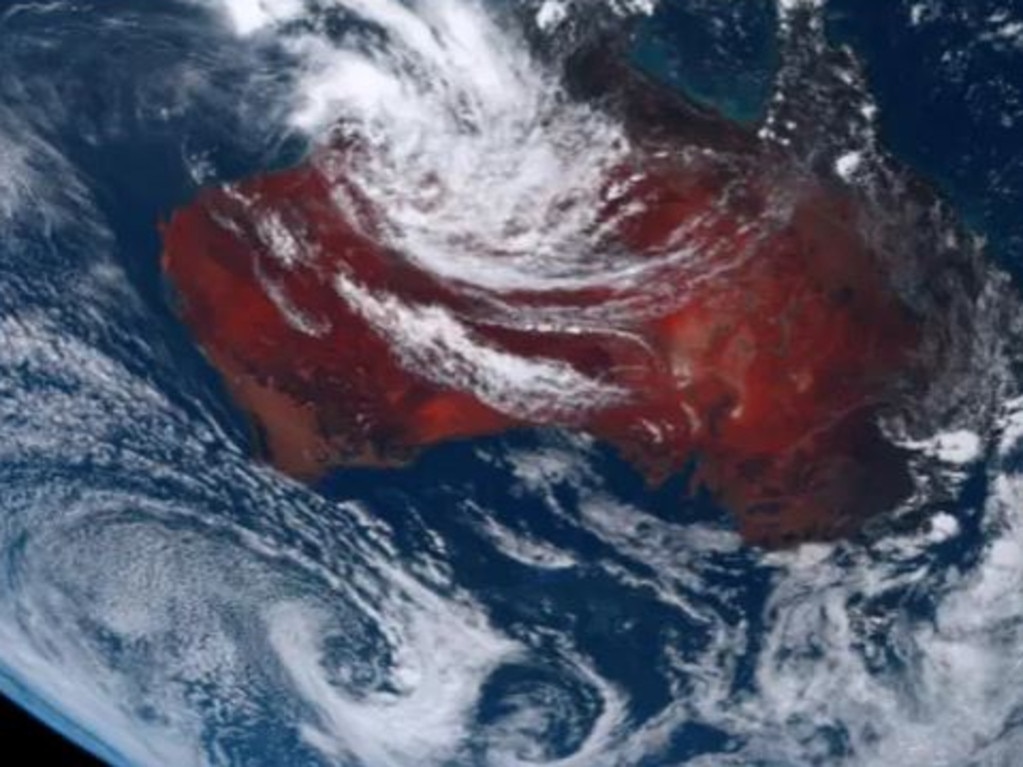
Defence will also deploy the largest ship in its fleet to Tonga.
The HMAS Adelaide Landing Helicopter Dock, effectively a small aircraft carrier, is in Brisbane for “pre-position deployment” to Tonga.
The 230m-long vessel will collect humanitarian stores including fuel, food and water and other goods before making the eight-day voyage to Tonga.
The ship has huge humanitarian capacity with its helicopter airlift, it can carry at least eight helicopters, and was used during the Operation Bushfire Assist in January last year as well as in Fiji where it assisted following the devastation caused there by a cyclone.
Last night #HMASAdelaide sailed for Brisbane to be in a position to provide additional response options, if requested.
— Joint Operations Command (@hqjoc) January 18, 2022
#YourADF continues to support the Government of Tonga with the conduct of surveillance flights today to help determine the next phase of the response effort. pic.twitter.com/nKGyqul4vR
It comes as the NZ Defence Force announced early Monday morning that an Orion aircraft had left for Tonga, from Auckland, and would make an initial assessment of the area and low-lying islands on arrival.
New Zealand’s Prime Minister Jacinda Ardern has previously said the island nation’s capital had suffered “significant damage” and was smothered in dust.
“The tsunami has had a significant impact on the foreshore on the northern side of Nuku’alofa with boats and large boulders washed ashore,” she said.
CONFIRMED REPORTS OF SIGNIFICANT DAMAGE
Pacific Minister Zed Seselja said there were confirmed reports of significant damage to homes and infrastructure but so far no major casualties.
Such was the ferocity of the underwater volcano eruption, the effects were felt up to 10,000km away in Peru.
Two women were confirmed drowned on a beach in Lambayeque in Peru from what that country’s national emergency operations have cited as being from “anomalous waves” created by the Hunga Tonga-Hunga Ha’apai volcano.
The country also reported multiple rescues from “light flooding”.
Senator Seselja said the Australian Government was in contact with Red Cross in Tonga to evaluate what further supplies Australia could dispatch.
International Federation of Red Cross Pacific delegation head Katie Greenwood said the challenges were great.
“From what little updates we have, the scale of the devastation could be immense - especially for outer lying Islands,” she said.
“Trained Tonga Red Cross teams will be on the ground supporting evacuations in co-ordination with public authorities, providing first aid if needed, and distributing prepositioned relief supplies.
“Red Cross currently has enough relief supplies in the country to support 1200 households with essential items such as tarpaulins, blankets, kitchen sets, shelter tool kits and hygiene kits.”
Mannnn my heart hurts for my people rn ðŸ˜ðŸ‡¹ðŸ‡´ðŸ™ðŸ½ pic.twitter.com/QjzW5f1uAy
— Aki🌴🇹🇴 (@ahkee_fifita) January 15, 2022
The Bureau of Meteorology has cancelled all tsunami warnings for Australia, including New South Wales and Lord Howe and Norfolk islands.
The bureau initially issued the warnings after the eruption on Saturday, with the force strong enough to reach Australian shores.
In Australia, the largest wave was experienced on Norfolk Island, measuring at 1.27 metres.
A shockwave travelling at around 1000km/h also affected Perth several hours after the eruption.
I can't fathom seeing the #tonga Volcanic eruption in real-time from boat. This is insane.pic.twitter.com/1dXRa0lX25
— Doc V (@MJVentrice) January 15, 2022
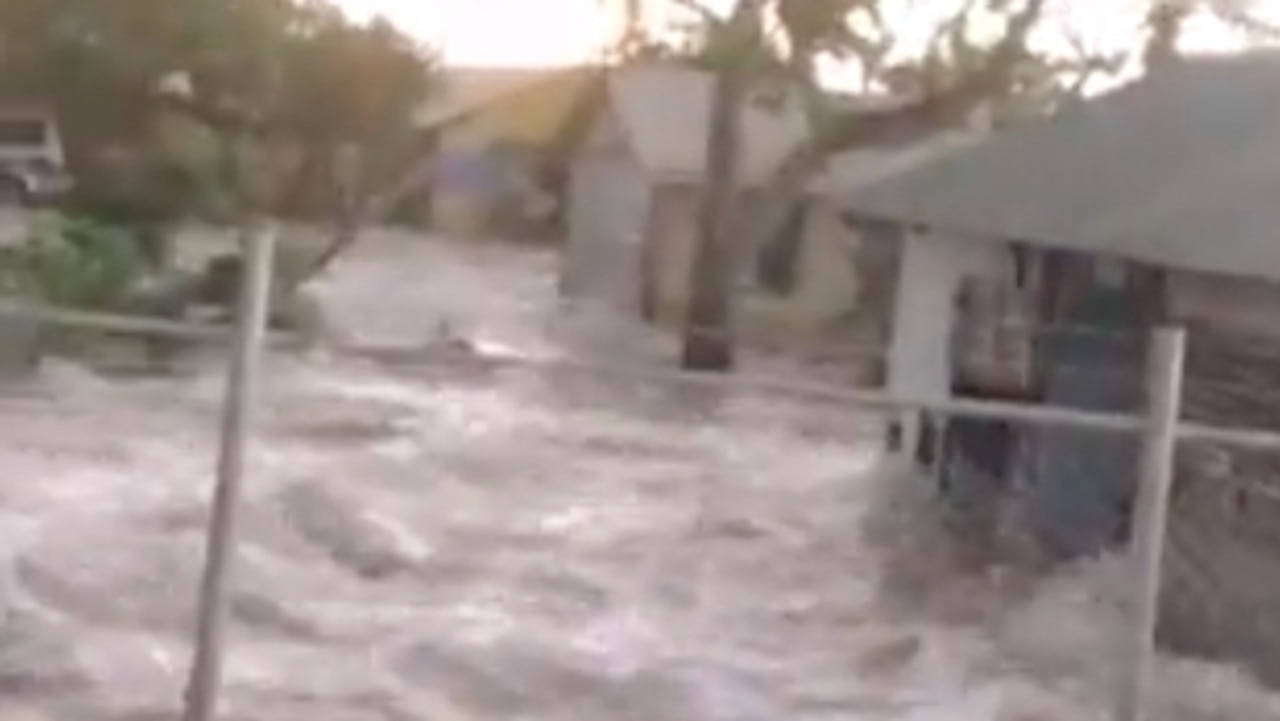
Senior meteorologist Sarah Scully said flights on Monday were diverting from their usual routes due to the volcanic ash plume in the atmosphere.
“These types of events are rare, tsunamis are usually generated through earthquakes but in this case it was a volcanic eruption,” she told Sunrise.
“But the effects of it have now passed.”
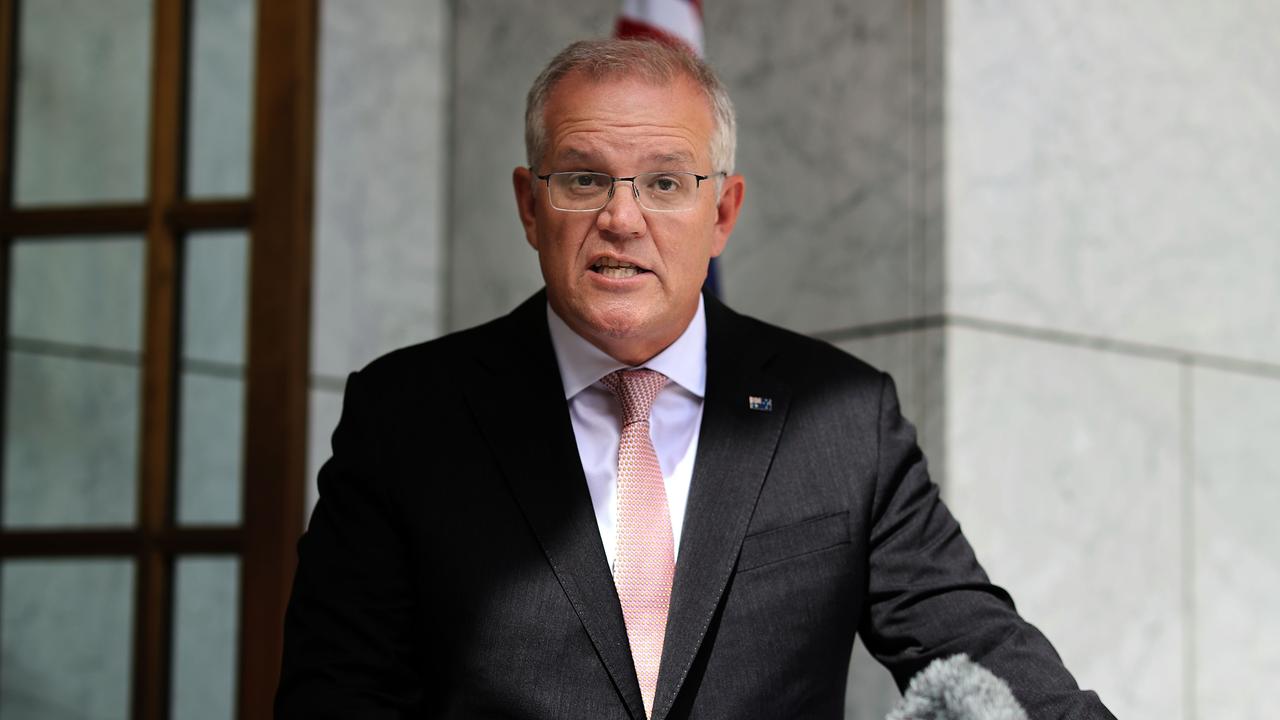
Prime Minister Scott Morrison said both Australia and New Zealand were doing everything they could to assist.
“There’s been a lot of challenges there with the ash cloud and the disruption to communications and so we’re working together to give as much support to Tonga as we possibly can,” he told 2GB.
“They’re part of our Pacific family and we certainly will be obviously (supporting them) because of the eruption.
“What’s occurring has made it very challenging, but we’ll work through those issues.”
Meanwhile, Tonga may be stuck in cyber darkness for weeks, an official told AFP on Monday, after the volcanic eruption cut an undersea communications cable, isolating the country from contact with the outside world.
“We’re getting sketchy information but it looks like the cable has been cut,” the Southern Cross Cable Network’s networks director Dean Veverka told AFP, adding: “It could take up to two weeks to get it repaired. The nearest cable-laying vessel is in Port Moresby (Papua New Guinea).”
HEARD IN ALASKA
Videos shared on social media after the eruption showed people running for higher ground as the metre-high floods hit coastal areas and made their way inland while the sky darkened with ash. A sonic boom could be heard as far away as Alaska.
The volcanic eruption that triggered tsunami waves around the Pacific caused “significant damage” to Tonga’s capital, Nuku’alofa, and smothered it in dust.
The eruption on Saturday was so powerful it was recorded around the world, triggering a tsunami that flooded Pacific coastlines from Japan to the United States.
Video posted on social media shows tsunami waves flooding the village green in Mavana, Fiji, (see below).
Scene from Vanuabalavu in Lau following the Tongan🇹🇴 volcanic activity, sea water pushed in by the tsunami waves flooding the village green in Mavana🇫🇯. pic.twitter.com/uCrymfP5a8
— Jese Tuisinu (@JTuisinu) January 16, 2022
The United States was “deeply concerned for the people of Tonga,” Secretary of State Antony Blinken said on Sunday local time, pledging support for the island nation.
A 1.2-metre wave swept ashore in the Tongan capital with residents reporting they had fled to higher ground, leaving behind flooded houses, some with structural damage, as small stones and ash fell from the sky.

Tonga’s King Tupou VI was reported to have been evacuated from the Royal Palace in Nuku’alofa and taken by police convoy to a villa well away from the coastline.
Dramatic satellite images showed the long, rumbling eruption of the Hunga Tonga-Hunga Ha’apai volcano spew smoke and ash in the air, with a thunderous roar heard 10,000 kilometres away in Alaska.
The eruption triggered tsunamis across the Pacific with waves of 1.74 metres measured in Chanaral, Chile, more than 10,000 kilometres away, and smaller waves seen along the Pacific coast from Alaska to Mexico.
In California, the city of Santa Cruz was hit by flooding due to a tidal surge generated by the tsunami, videos retweeted by the US National Weather Service showed.
Peru closed 22 ports as a precaution while waves of around 1.2 metres hit along Japan’s Pacific coast.
On Sunday local time, the Pacific Tsunami Warning Centre in Hawaii said the threat from the eruption had passed.

The US Geological Survey recorded Saturday’s eruption as equivalent to a 5.8-magnitude earthquake at zero depth.
The volcano’s eruption lasted at least eight minutes and sent plumes of gas, ash and smoke several kilometres into the air.
New Zealand scientist Marco Brenna, a senior lecturer at Otago University’s School of Geology, described the impact of the eruption as “relatively mild” but said another eruption with a much bigger impact could not be ruled out.
The eruption was so powerful it was even heard in Alaska, the UAF Geophysical Institute tweeted.

“A part of the pressure signal in Alaska was in the audible range. The very large signal is not that surprising considering the scale of the eruption, but the audible aspect is fairly unique,” it said, citing Alaska Volcano Observatory scientist David Fee.
“He recalls only a couple other volcanic eruptions doing something like this: Krakatau and Novarupta,” it tweeted. This referred to the 19th-century eruption of Indonesia’s Krakatau, and Alaska’s Novarupta, the most powerful volcanic eruption of the 20th century.

The Fife weather station in Scotland tweeted it was “just incredible to think of the power that can send a shockwave around the world” after the eruptions produced a jump in its air pressure graph.
Hunga-Tonga-Hunga-Ha’apai, which lies about 65 kilometres north of Nuku’alofa, has a history of volatility.
In recent years, it breached sea level during a 2009 eruption while in 2015 it spewed so many large rocks and ash into the air that when they settled a new island had formed two kilometres long by one kilometre wide and 100 metres high
SHOCK FIRST IMAGES OF TSUNAMI DAMAGE
First images of the devastation in Tonga following the volcanic explosion showed scenes of destroyed houses, torn up roads and smashed seawalls.
The world has been waiting on tenterhooks to see how badly the country was hit, after the volcano cut power to the Pacific nation making it impossible to communicate, except by radio.
Just after 11am on Sunday, the British High Commission in Tonga said some satellite phones were working but phone and interest communications on the ground were still out.


Tongan Prime Minister Siaosi Sovaleni ordered bakeries, petrol station, and shops to open from 10am to 2pm to supply necessities.
By Sunday afternoon, the Live it TONGA Facebook page reported power was back on, with “most damage is on Tongatapu waterfront area from Sopu to Patangata, including the capital.”

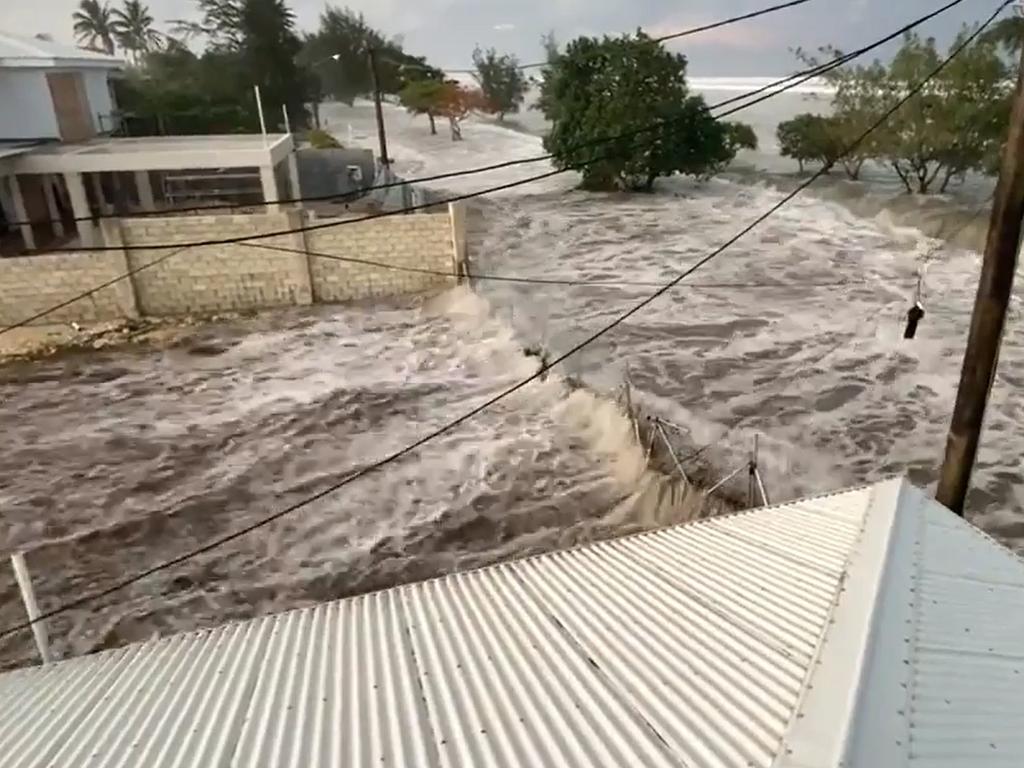
The violent underwater volcanic eruption off the island nation of Tonga was felt in nations across the Pacific and sparked global tsunami warnings, including for much of Australia’s east coast and other parts of the world.
Tsunami warnings were issued as far as Australia, Fiji, New Zealand, Vanuatu, Samoa, Chile, Peru, Lord Howe, Macquarie Island, and Norfolk Island along with Japan, Hawaii, and the west coast of the US.
Witnesses in Tonga described how the blast shook the earth for several minutes and sounded like rumbling thunder and video filmed by locals shows high waves crashing into coastal houses.
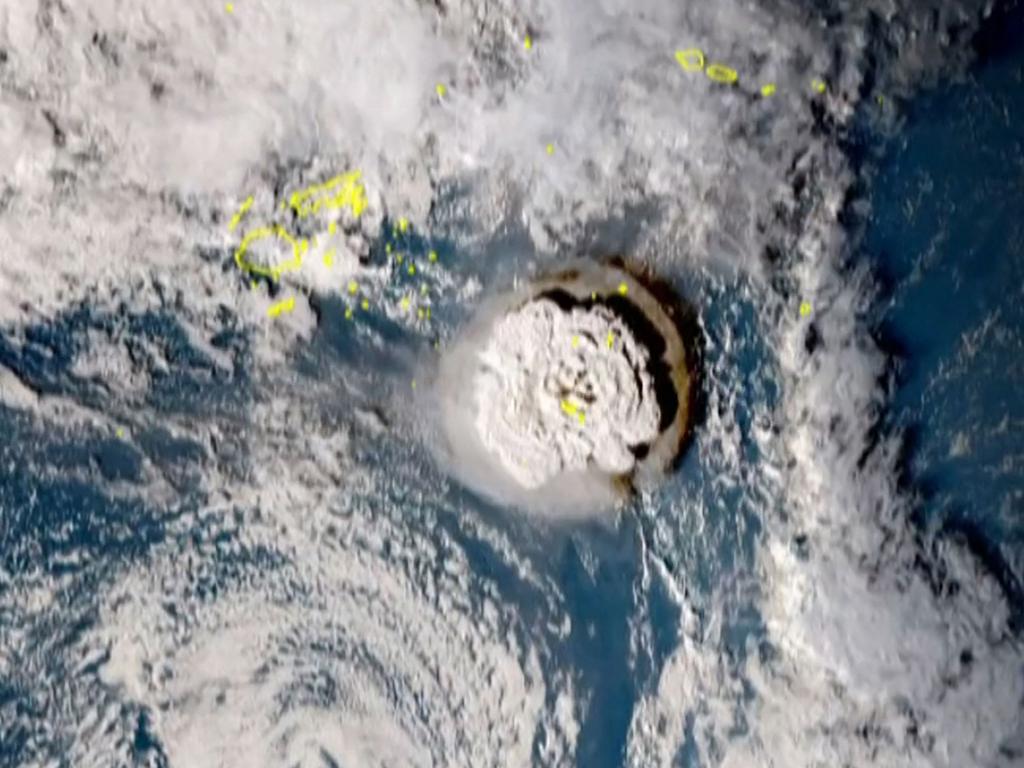

The University of Alaska Fairbanks Geophysical Institute tweeted the eruption was so powerful it was even heard in Alaska.
Olympic Tongan flag-bearer Pita Taufatofua, who made headlines at the Rio Games, launched a GoFundMe page from Australia, calling for donations. He has still has not heard from his father, the Governor of Haapai on Tongatapu where the tsunami hit.
Those concerned about Australian citizens in Tonga should contact DFAT on 1300 555 135 or +61 2 6261 3305.
Originally published as ‘Distress signal’ sparks fears for Tongans missing in remote islands


